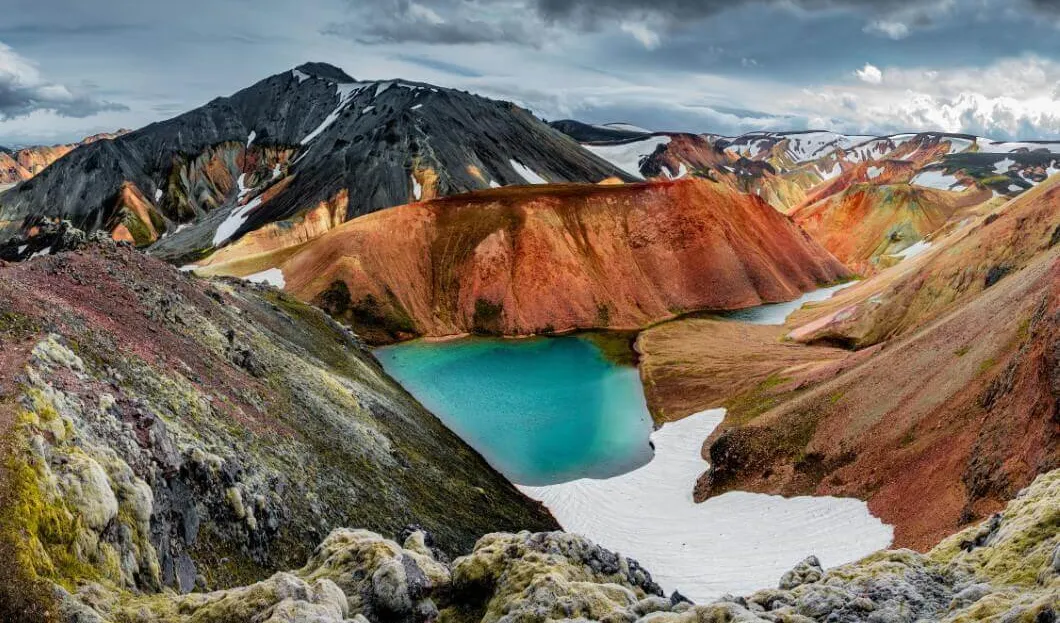
Fiery, extreme, bubbling. Iceland is not a destination like the others. It is an experience in itself. You sail among unreal icebergs, you explore on foot the second largest glacier in Europe and you are amazed by the powerful geysers that gush from the bowels of the earth. Shaped by intense volcanic activity, this island of character offers in itself a condensed collection of exceptional places. Tourism Review presents the most fascinating natural sites in the country.











